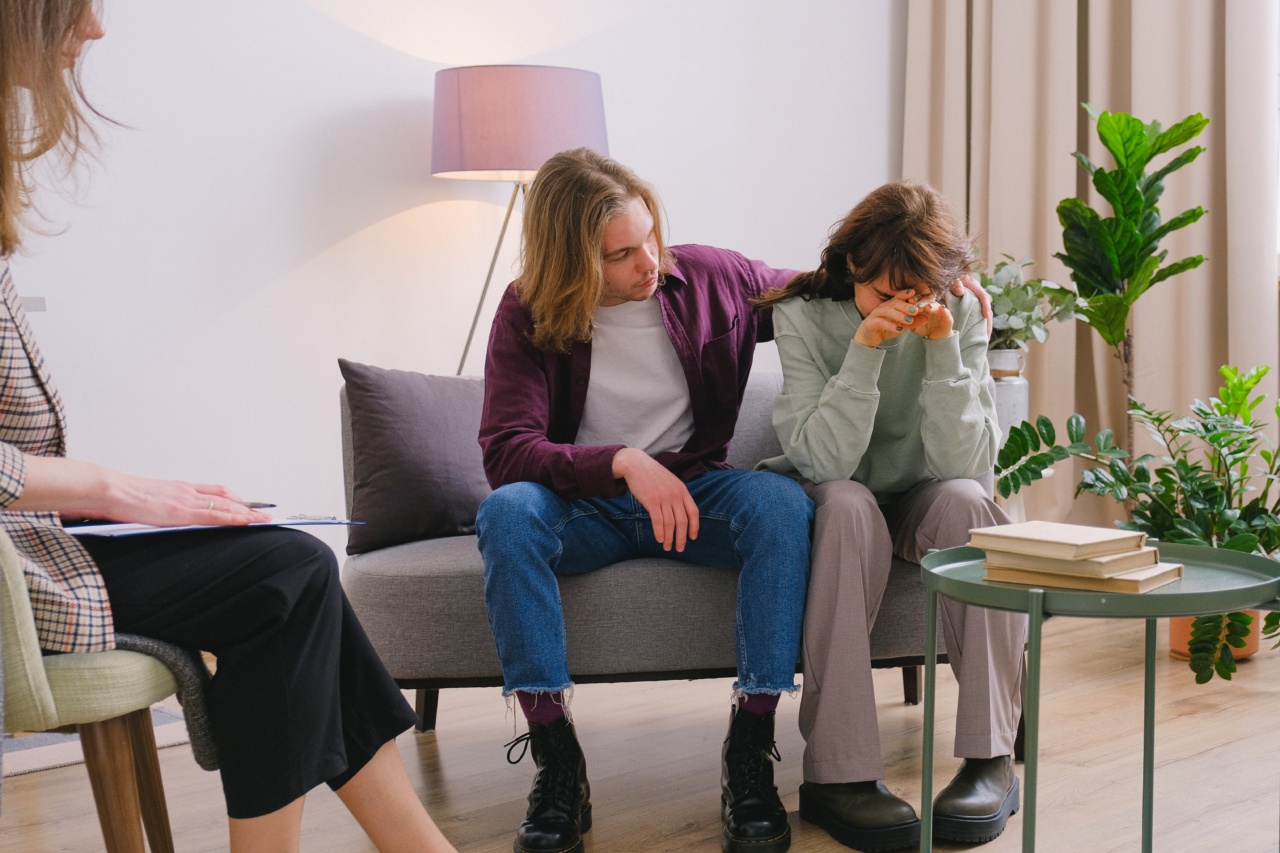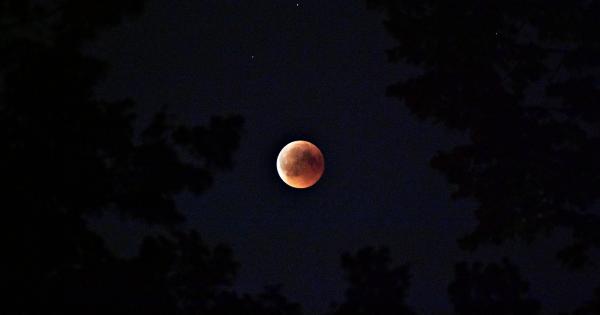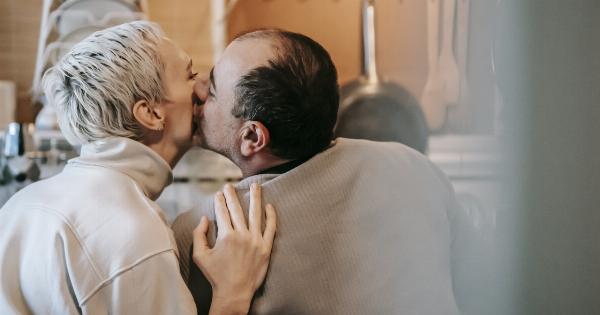Depression is a common mental health disorder that can affect anyone at any age. It can have serious consequences on a person’s life, making it difficult to do simple daily tasks and leading to severe emotional and behavioral problems.
However, there are many treatments and therapies available to help manage and alleviate the symptoms of depression. Light therapy is one such therapy that has shown promising results in treating depression. In this article, we will take a closer look at the power of light therapy for depression.
What is Light Therapy?
Light therapy, also known as phototherapy, is a non-invasive treatment that uses light energy to promote healing and relieve symptoms of various health problems.
It involves sitting in front of a lightbox that emits bright light similar to natural sunlight for a specified period of time. The therapy is typically administered in the morning when the body’s circadian rhythm responds best to light exposure.
How Does Light Therapy Work for Depression?
Light therapy is believed to work by regulating the body’s circadian rhythm, which is the natural biological clock that controls various bodily processes, including sleep and wake cycles, hormone production, and body temperature regulation.
When the circadian rhythm is disrupted, it can lead to a range of health problems, including depression.
In people with depression, the circadian rhythm is often altered, with significant changes in melatonin, cortisol, and other hormones.
Light therapy helps to regulate these hormones by exposing the body to bright light, leading to improved sleep patterns, increased energy levels, and reduced symptoms of depression.
Benefits of Light Therapy for Depression
Several studies have shown that light therapy can be an effective treatment for depression, with over 50% of patients showing a significant improvement in their symptoms. Some of the benefits of light therapy for depression include:.
- Improved mood and overall sense of well-being
- Reduced fatigue and increased energy levels
- Improved sleep patterns and quality of sleep
- Reduced symptoms of seasonal affective disorder (SAD) and other forms of depression
- Decreased reliance on medication and other treatments
How to Use Light Therapy for Depression
Light therapy is easy to use and can be administered from the comfort of your own home. Here are some tips for using light therapy for depression:.
- Choose a high-quality lightbox that emits 10,000 lux of light, the standard light intensity used in light therapy.
- Sit in front of the lightbox for 30 minutes to 2 hours in the morning, depending on the severity of your depression.
- Keep your eyes open but do not look directly at the light, as this can cause eye damage.
- Continue with the therapy for at least 10-14 days to see significant improvement in your symptoms.
- Consult your doctor before starting light therapy, especially if you have a history of eye problems or skin sensitivity.
Side Effects of Light Therapy
Light therapy is generally considered safe and does not have any significant side effects. Some people may experience mild side effects, such as headaches, eye strain, or nausea, but these usually subside after a few days of treatment.
However, it is important to follow the instructions on your lightbox and consult your doctor before starting light therapy.
Conclusion
Depression can have a profound impact on a person’s well-being and quality of life. However, with the right treatment and therapy, it is possible to manage and alleviate the symptoms of depression.
Light therapy is one such therapy that has shown great promise in treating depression, with many patients reporting significant improvement in their symptoms. If you’re considering light therapy for depression, be sure to consult your doctor and choose a high-quality lightbox to ensure safe and effective treatment.




























